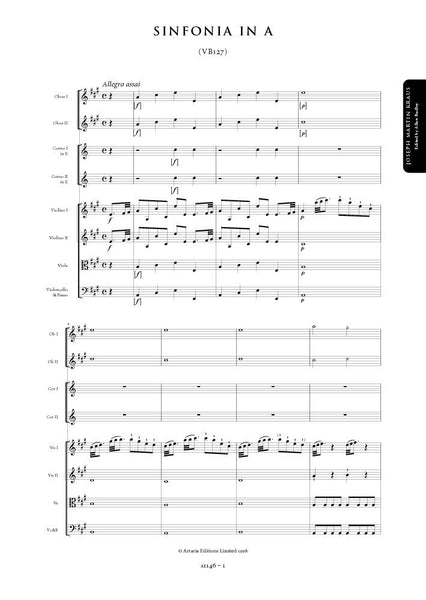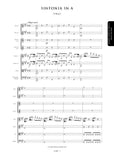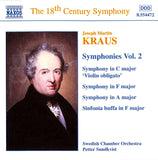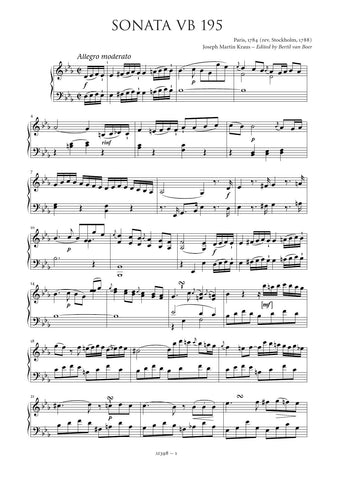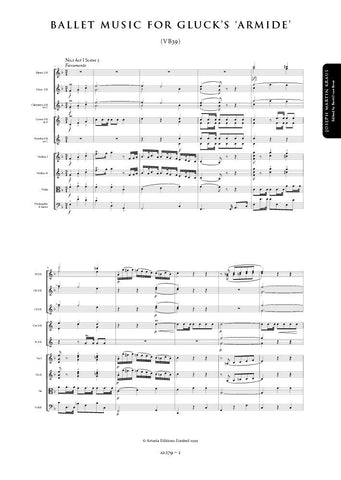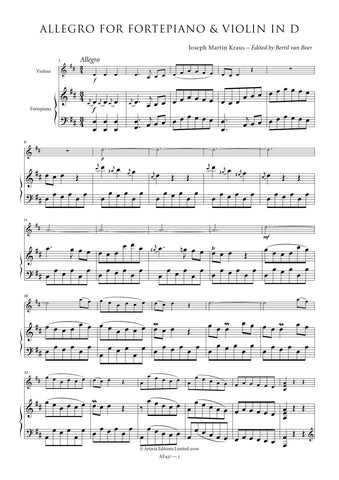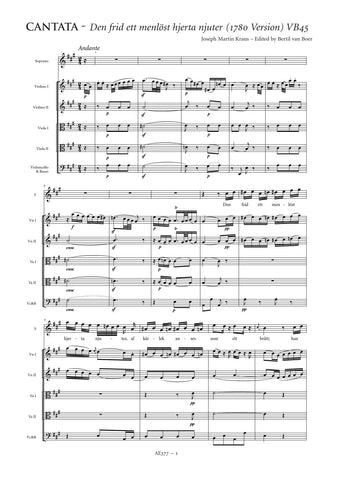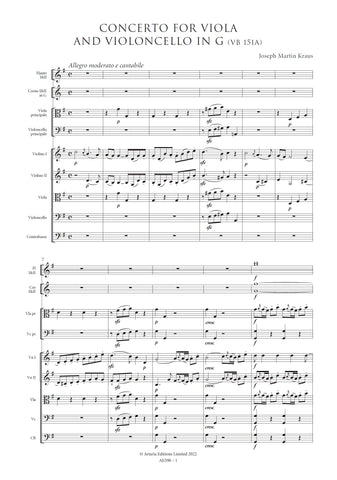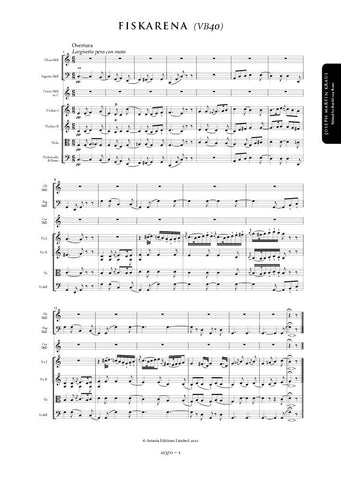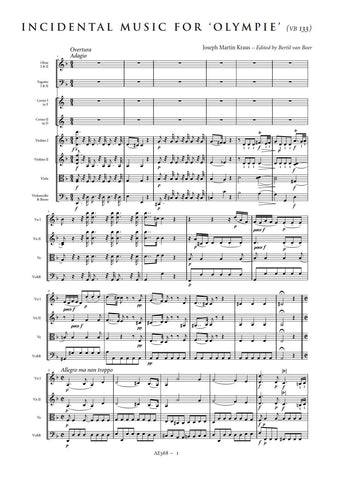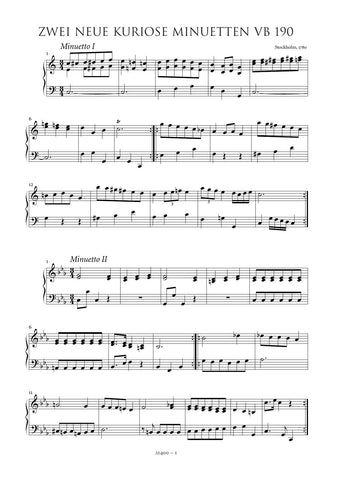Kraus, Joseph Martin: Sinfonia in A major (VB127/ VB128) (AE146) – sheet music
Previous Product Next Product
Description |
Kraus, Joseph Martin (1756-1792)
|
||||||||||||||||||
Audio sample |
|||||||||||||||||||
Details |
The Sinfonia in A major is one of the earliest Kraus symphonies to have survived. Stylistic evidence dates the work to his first years of formal musical study in Mannheim 1768-1772, when he came under the influence of members of the famed Mannheim Kapelle. The performance circumstances are unknown, although it is likely that it was played by one of the various student musical groups that existed in that city. This work is unusual in that it is only one of two symphonies to be in a four-movement form that includes a minuet. The sole source of this work is a copy that was prepared in Vienna in 1802 for Kraus biographer and Swedish diplomat Fredrik Samuel Silverstolpe. This was one of two symphonies (the other the Sinfonia in F "buffa") that were sent to him by Kraus's sister Marianne Lmmerhirt. It seems that the score was assembled from a set of parts, for the viola part is missing altogether. Silverstolpe explained this circumstance in a comment added to his score of one of the youthful Pantomimes, which also contains lacunae: "Because everything was delivered to me in parts, the viola and occasionally the bass parts could not be notated." In addition, there are notes in the horn parts that are not playable on the natural horns of the time without resorting to considerable hand-stopping, a technique of which Kraus does not employ until compositions written towards the end of his life.While these have been left in situ in this edition due to the advent of valves for the instruments, alternatives for performance on contemporaneous instruments include the use of handstopping or altering the harmonic series to "Horn in A" for those passages in question. In the absence of both the autograph score and an authentic set of parts, the edition presents as faithfully as possible the intentions of the composer as transmitted in Silverstolpe's score. The style and notation of articulation and dynamic markings have been standardised throughout and, where missing from the source, markings have been reconstructed from parallel passages. These are indicated by the use of dotted slurs or brackets where appropriate. Like most eighteenth century sources, the present manuscript is at times inconsistent in its notation of appoggiature; these too have been standardised to minimise confusion. Obvious wrong notes have been corrected without comment; editorial emendations with no authority from the source are placed within brackets. Bertil van Boer Allan Badley |
||||||||||||||||||
Score Preview (best viewed in full screen mode) |
|||||||||||||||||||




